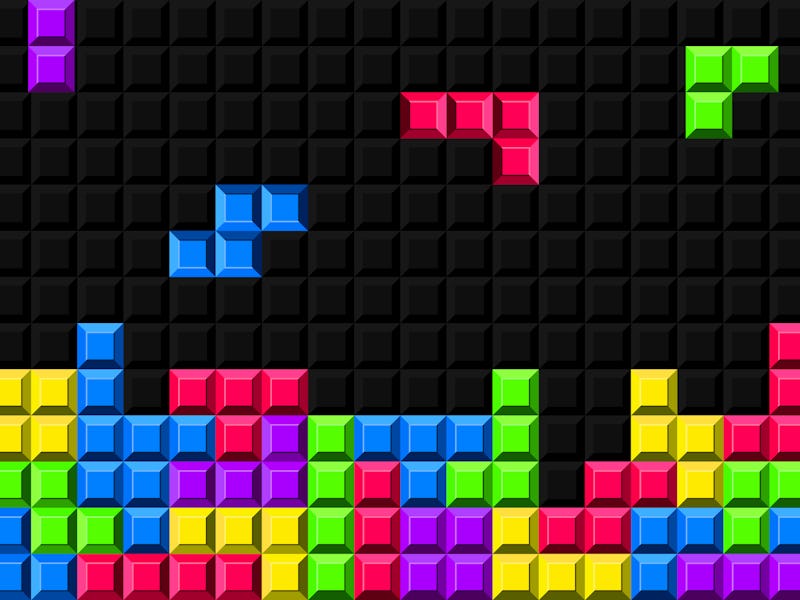The Game Boy’s Original Tetris Is a Major Boon for Nintendo Switch Online
“Please try again!” <3

At its best, gaming can provide a universal language. Just like music or movies, the right game can cross cultural divides like a river crossing state lines. Even if every game comes from somewhere, a few games can move from one place to another as if it was nothing. Card games like solitaire and board games like chess are good examples.
Video games have done this many, many times. Perhaps none have done it so thoroughly as Tetris. The game’s first American explosion came in 1989 when it was bundled with the then-new Game Boy, and you can get that original experience right now, as it's available to play if you’ve subscribed to Nintendo Switch Online + Expansion Pack.
Like poker, Tetris is a game that is both simple and complex enough to have countless variations. Alexy Pajitnov, the Soviet-born engineer who made the game at the Soviet Academy of Sciences, made some himself, like Welltris (Tetris but from a 3D perspective of being down a well). Modern games like Tetris Effect and Tetris 99 offer variations like battle royales and dynamic backgrounds.
Compared to the stunning visuals of Tetris Effect, the original can look a little plain, especially blown up on a TV screen in Game Boy black and green. The game simply exists as Tetris, offering variations on speed and sound. No onion domes or brightly colored blocks here.
Playing at the highest of the 10 speeds, 0-9, will give an experience at least somewhat familiar to Tetris Effect, in that blocks are moving down the screen at a quick clip. It’s not as fast as Tetris Effect can get, nor does it offer the additional challenge of visual distractions. But the original proves that even barebones Tetris is still a compelling game that’s worth your time.
Tetris is now available via Nintendo Switch Online for the Nintendo Switch.
Unlike Tetris Effect or several other modern variations, the Game Boy’s version offers no ghost outline of a block that a player can use to guide their journey downwards. You’re moving on your raw visual comprehension of what you see on the screen, which can take some getting used to. There’s also less wiggle room at the end of the journey: Modern players are used to a few seconds of buffer time when a piece hits the others, perfect for last-second maneuvers. No such luck on the Game Boy. When a piece lands, it lands.
What makes Tetris so challenging, even at basic levels, is how a simple mistake can quickly cascade. If a player misses, say, an L-shaped block’s best landing spot, they’re liable to have a gap in the lines, an annoying air bubble in the middle. That means a player must, temporarily at least, forfeit that line and work on clearing the line above. This means all sorts of reorganizing on the fly, and then the worst possible blocks start to fall, and it all goes to Hell.
And then you start over again. At a game over, Tetris kindly asks the player to “Please try again,” with a heart, perhaps a reference to the game’s original Soviet motto, “From Russia with fun!”
It sure is fun in any variation because it’s simultaneously very easy and very hard. Losses can pile up quickly, but each new round takes so little to get going again that they’re hardly worth noticing. Tetris, no matter how many times you’ve played something like it, is a historical journey worth taking. The more things change, the more they stay the same.